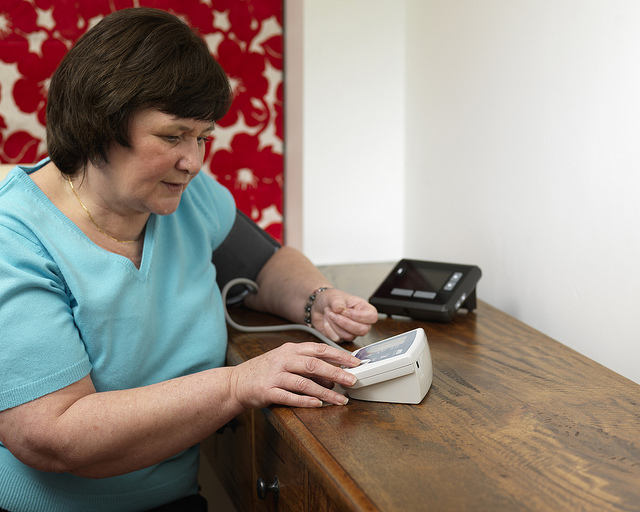How many drivers has the transportation industry lost in recent years? More than 150,000.
While many left the industry due to extreme medical conditions, if just 50 percent of those vacancies were caused due to elevated blood pressure and sugar levels, and if companies could have saved 50 percent of those drivers, that’s potentially 37,500 drivers who would have stayed in the transportation field.
I believe the U.S. doesn’t have a driver shortage. It has a shortage of vision to do things differently. Based on the number of otherwise qualified drivers who fell out of the industry for health problems, the industry’s methods must change when it comes to retaining drivers.

Given the complexity, time, and cost of recruiting new drivers, it’s common sense for companies to do a better job keeping existing ones. As a result, operators should consider reworking their human resources model and come at it from a different angle. The old methods of employee supervision no longer apply.
It starts during the recruiting process. When I speak to recruits at wellness and driver orientation events, all too often I see too much junk food. It seems like a small thing, but it sends a signal. Driver wellness education should be an enhancement to the recruiting package.
Also Read: Learn How to Prevent Heart Attacks
What’s more, carriers should implement second-chance programs for drivers who fail orientation because of medical issues. If a company thinks candidates’ health situations can reasonably be addressed, have a coach work with them on nutrition and exercise. If you take those steps in the beginning, you’ll save these men and women. Over time, you’ll see that disqualifications decrease because you’re working on health issues from the beginning.
During driver orientation, take the following steps:
- Take health readings and consult on findings.
- Feed recruits better.
- Explain that the company will be demonstrating agility testing procedures
- Take new students to an area for agility demonstration.
- Go through the testing process from when they walk in the room until it is complete.
- Demonstrate proper form. Give tips on what to expect and how to maximize results.
When following up with drivers after orientation to make health and wellness a long-term lifestyle change, coaching and education work best. Drivers really appreciate it when someone takes the time to work with them. You can’t just load up on the front end. There has to be follow-through to show your company cares about their health.
Here are tools operators can put in place:
- Create a wellness road map. After all, drivers are familiar with getting from point A to point B. Their health is the same. Provide them with a road map showing how you’re going to help them improve their fitness, diet, and overall health.
- Create a company wellness manual.
- Select and certify a CDL wellness coach.
- Train the trainers. Get them together. They have to be your first line of defense and ambassadors.
- When doing pre-trip safety checks, remind drivers to pack healthy, high-energy foods.
- Display wellness posters throughout your facility.
- Publish driver wellness content in your newsletter or other employee publications.
Bob Perry is president and founder of Rolling Strong, an organization that provides health, wellness, and fitness services to the transportation industry. Rolling Strong has a proven ROI model that shows transportation companies it pays to invest in their current drivers, who possess professional driving skills.
To learn more, contact Perry at bob@rollingstrong.com.
Image Source - https://www.flickr.com/photos/tunstalltelehealthcare/